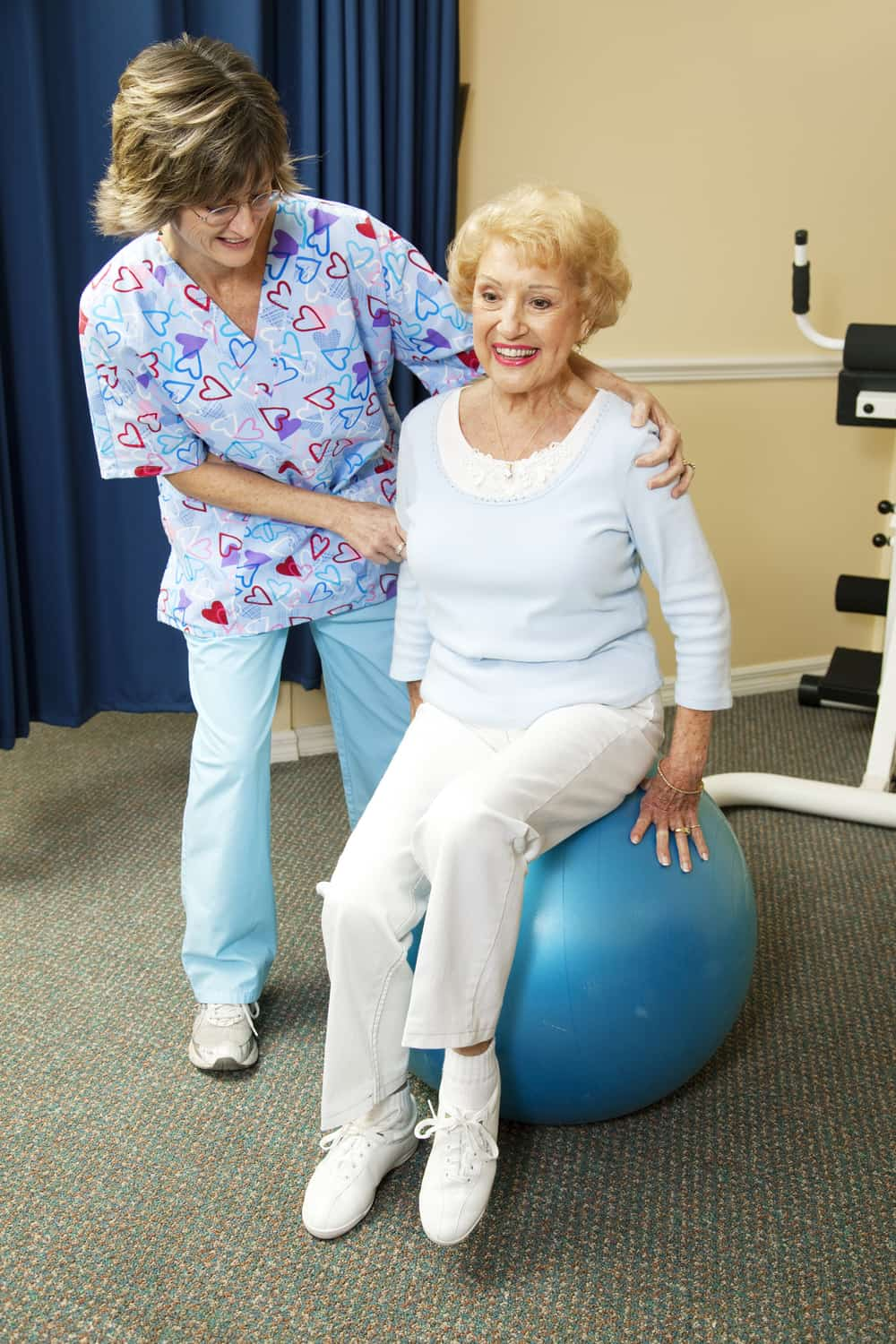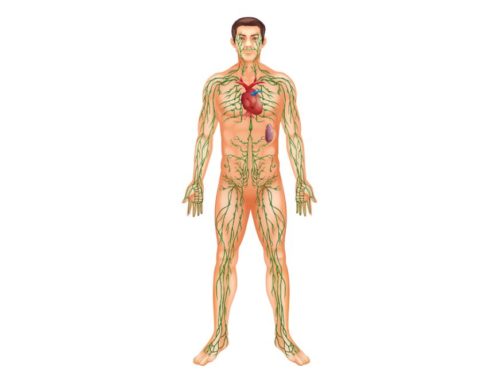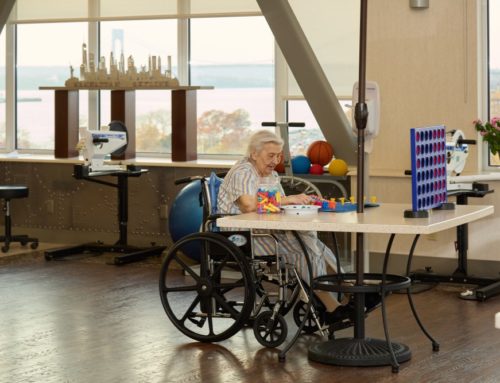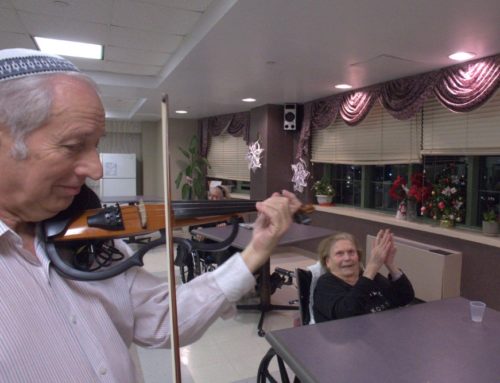Proper flexibility allows you to move your limbs freely and go about your day however you like. When the range of motion in your legs is reduced, you’re limited in what you can do. Even standing up or walking short distances becomes more difficult. Unfortunately, there are several causes for such stiffness, including injury, infection, inactivity, or a medical condition.
Though some mobility issues heal with minimal treatment, others require medical intervention for recovery. You may be recommended rehabilitation therapies, including physical therapy. A trained therapist guides you through exercises to improve joint flexibility and increase strength in the surrounding muscles. Of course, learning the cause is the first step.
Causes of Limited Range of Motion in Leg
Reduced range of motion in the legs has several possible causes. Some are minor and easily remedied, while others require a visit to your doctor.
Inactivity
The muscles and joints in the legs require movement to stay limber. When you spend too long sitting or lying down, those areas suffer. The leg muscles lose strength and tighten over time, reducing flexibility. The longer you remain inactive, the stiffer your legs will become. Not only does it make it harder to move, but you also risk injury during any attempted physical activity.

Injury
When the body is injured, the immune system kicks in to heal the damage. In some cases, you’ll heal on your own, though you’ll have some symptoms to deal with. Inflammation is one, causing swelling, heat, pain, and limited range of motion in the leg. The same lack of flexibility occurs with broken bones or joint dislocation, though these require immediate medical attention.
Medical conditions
Arthritis is a condition that mainly causes joint deterioration in various areas of your body. Several types could affect the legs, causing reduced a range of motion.
Osteoarthritis, often affecting the hips and knees, occurs when the cartilage between the bones wears down. The joint becomes painful, especially during movement, reducing flexibility and range of motion. You may also notice stiffness in the mornings or after spending too long at rest.
Rheumatoid arthritis, an autoimmune disease, affects the lining of the joints. The linings get damaged and begin to thicken, causing inflammation that destroys the bone and cartilage in the area. Movement is painful and more difficult, so your range of motion reduces as the disease progresses. It also affects the body symmetrically, so you’ll likely experience stiffness in both knees at once.
Osteoporosis also causes a limited range of motion in the legs due to decreased bone density. Over time, the bones weaken, causing stiffness and pain in the affected areas. If drastic thinning isn’t prevented, they’ll eventually break.
Overuse
Though physical activity is required for a healthy body, overusing those leg muscles also risks damage. The muscles become inflamed and swollen, reducing flexibility. Straining those muscles could even result in tendonitis or other medical conditions requiring treatment.
Does stiffness ever go away?
Limited range of motion in the legs isn’t always permanent. Some causes are easily remedied with simple lifestyle changes. For instance, adding or reducing your physical activities may eliminate stiffness in those exercising too much or too little.
Flexibility caused by medical issues may also be improved with exercise or other lifestyle changes. Resting your legs when they’re injured and following your doctor’s treatment advice is also recommended. Before you know it, you may be moving more freely and adding new activities to your routine.
This content comprises informative and educational resources only and can not be considered as a substitute for professional health or medical guidance. Reliance on any information provided in this article is solely at your own risk. If you have any inquiries or apprehensions about your medical condition or health goals, talk with a licensed physician or healthcare provider.






Leave A Comment